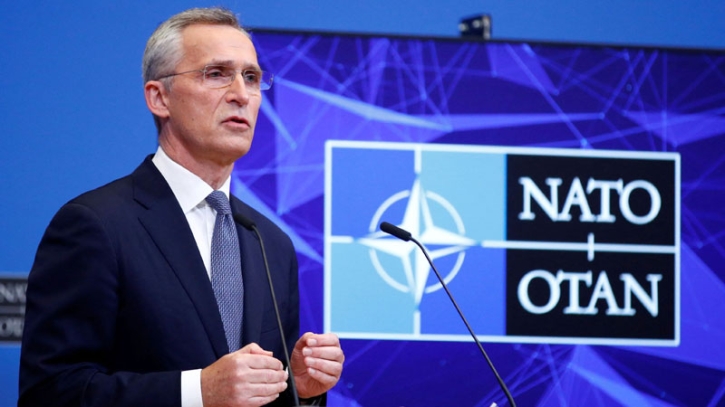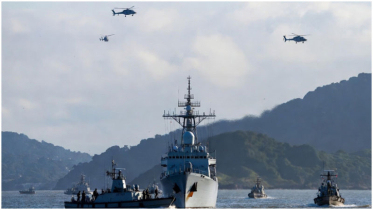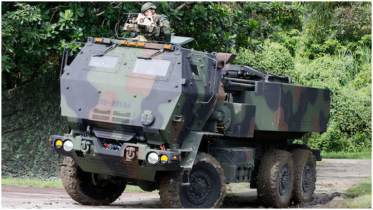NATO to deliver more heavy weapons to Ukraine

NATO Chief Jens Stoltenberg has hailed recent pledges of heavy weapons deliveries from Western allies to Ukraine, saying he expected more “in the near future”.
NATO Secretary General made the comments on Sunday, a day after a wave of Russian attacks across Ukraine again targeted critical infrastructure and left at least 30 people dead following missile attacks in a residential building in the east-central city of Dnipro.
“The recent pledges for heavy warfare equipment are important — and I expect more in the near future,” Stoltenberg told ahead of a meeting on Friday of defence officials from the bloc meant to coordinate arms transfers to Kyiv.
Asked whether Germany must also move to provide heavier weapons to Ukraine, Stoltenberg said: “We are in a decisive phase of the war. We are experiencing fierce fighting. Therefore, it is important that we provide Ukraine with the weapons it needs to win — and to continue as an independent nation.”
On Saturday, Ukrainian President Volodymyr Zelenskyy called for more heavy Western weapons, saying that Russian “terror” could be stopped only on the battlefield.
“What is needed for this? Those weapons that are in the warehouses of our partners,” Zelenskyy said in his nightly address.
He spoke shortly after UK Prime Minister Rishi Sunak pledged to provide Challenger 2 tanks to Ukraine, making it the first Western country to supply heavy tanks to Kyiv.
Poland and Finland have also signalled their willingness to provide Kyiv with the German-made Leopard 2 tanks, increasing pressure on German Chancellor Olaf Scholz and his coalition government.
The trend represents a possible wider shift for European allies, who have resisted directly supplying Ukraine with heavy weapons since Russia’s invasion began on February 24, 2022.
It comes amid Russian claims of its first significant battlefield success after months of losses and stagnation, with Russia’s defence ministry announcing last week that it “completed the liberation” of Soledar, a city close to the transport crossroads of Bakhmut in the eastern Donetsk region.
.png)




